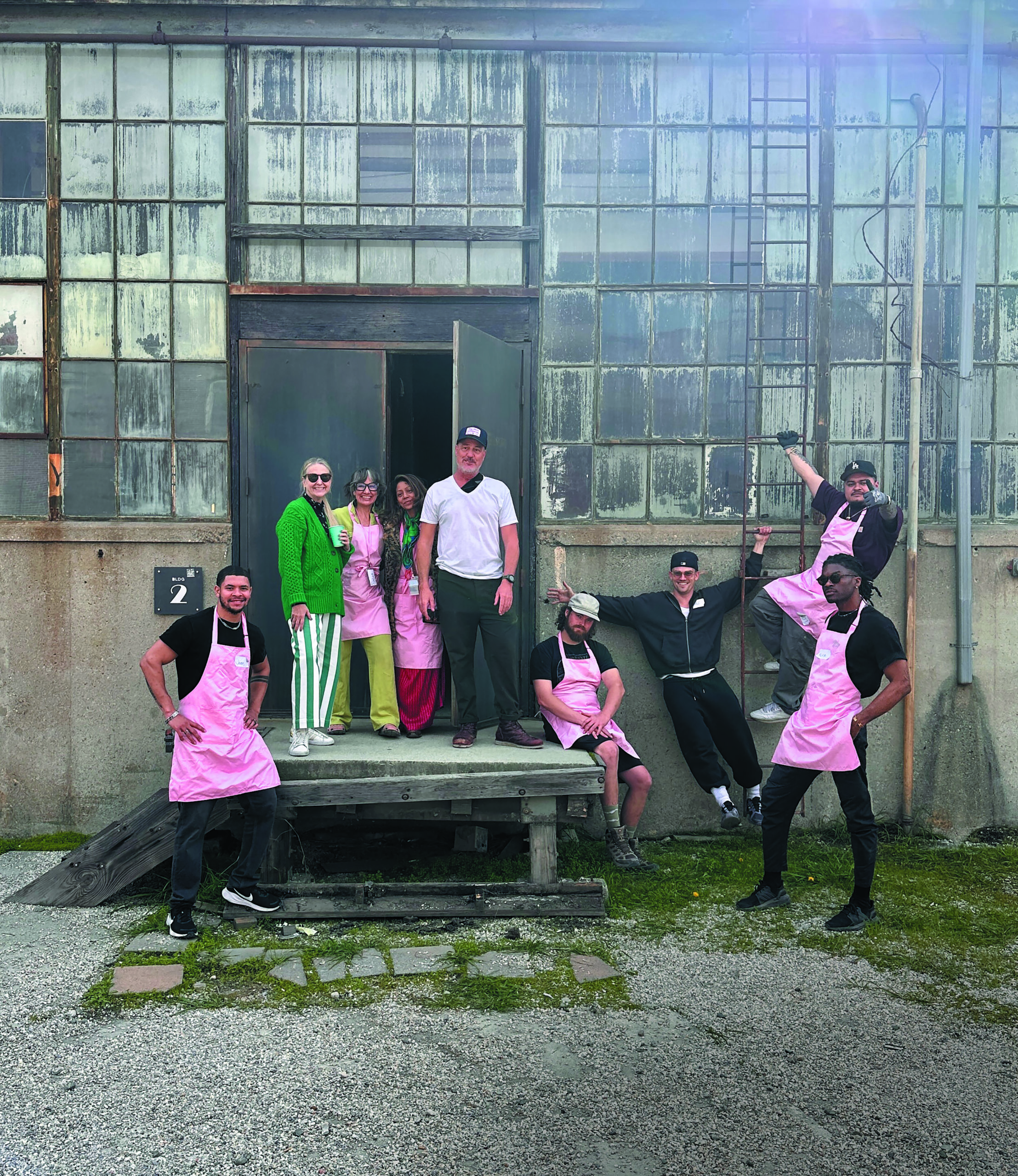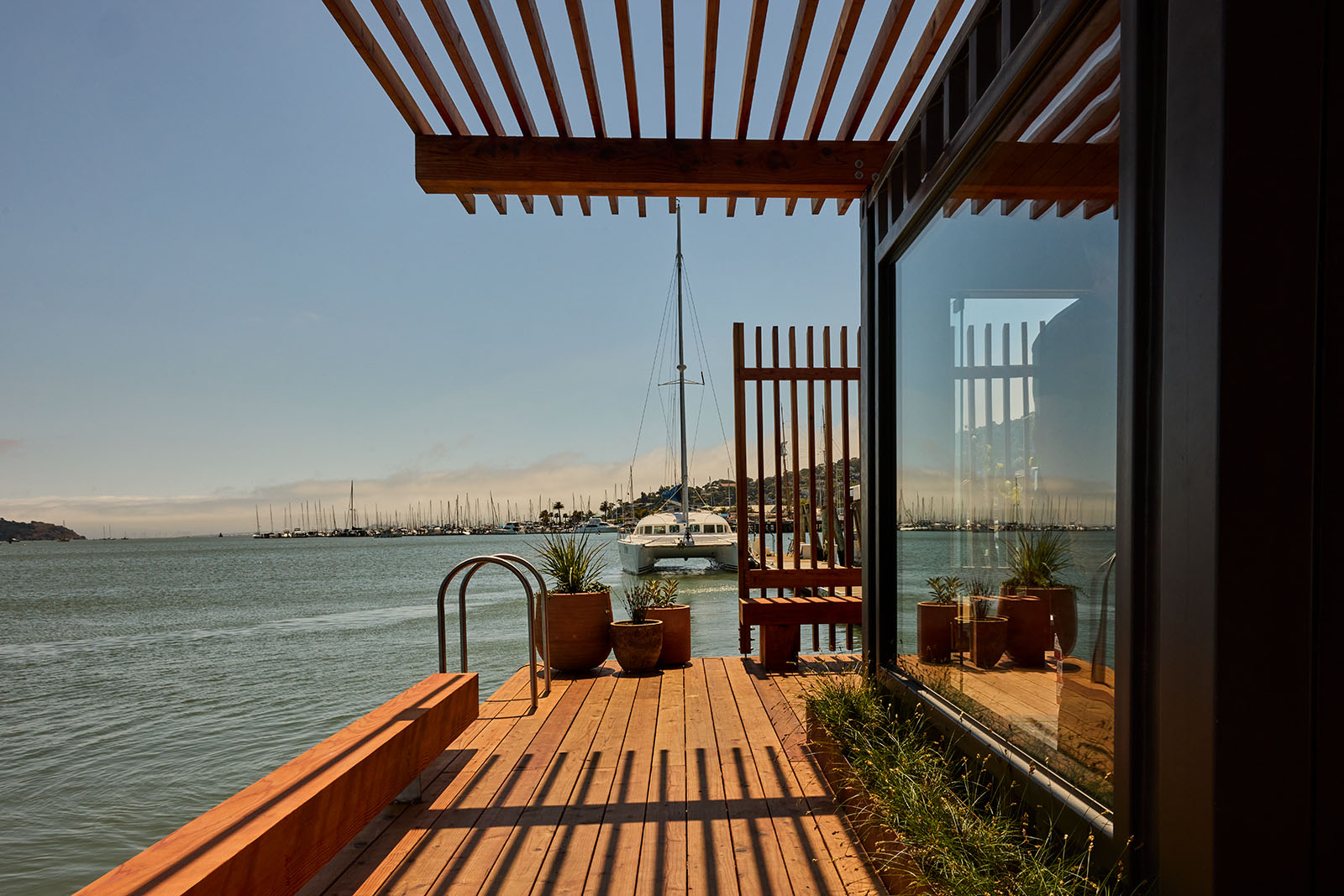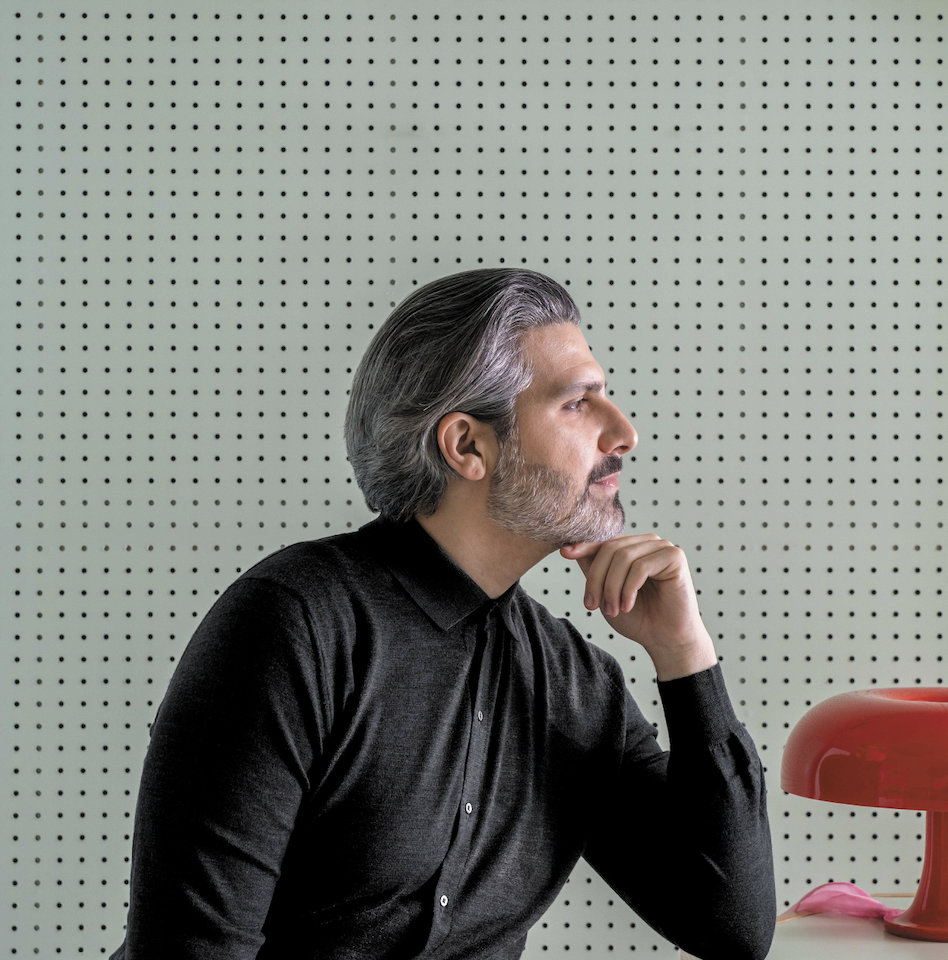An Exhibition as an Elegy of Resistance
Author:Anh-Minh LeCalifornia-born artist Kehinde Wiley talks and walks through his show at the de Young
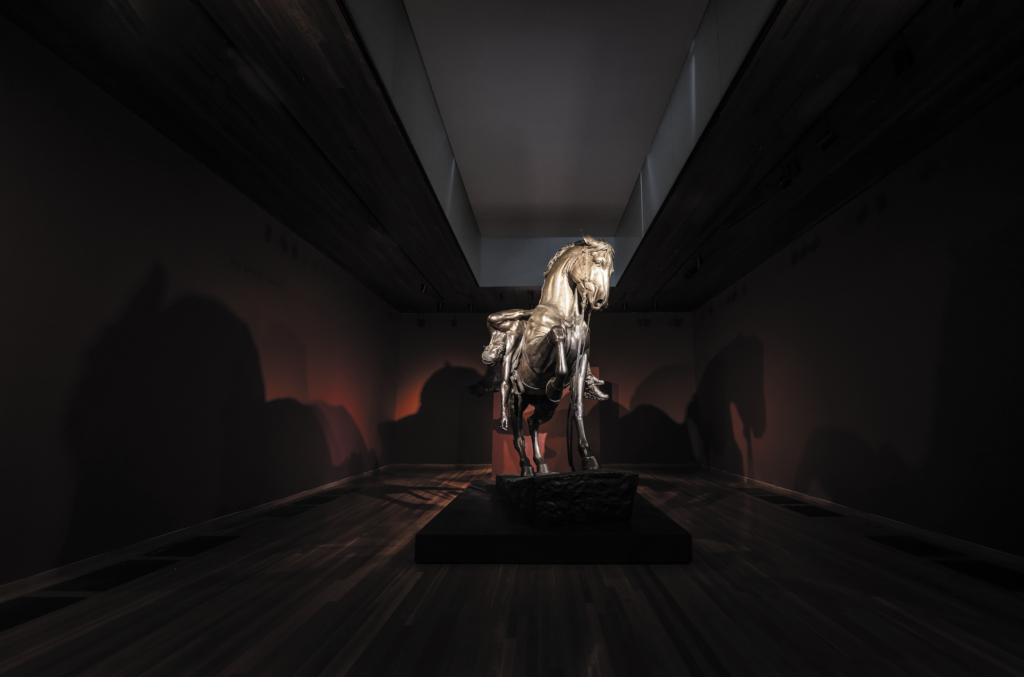
Kehinde Wiley could use some rest, he says, and not only because he is a self-described workaholic. Kehinde Wiley: An Archaeology of Silence—on view at San Francisco’s de Young Museum through October 15—is “heartbreaking work,” he shares as he leads a group through his latest exhibition. Indeed, the potential for the subject matter to overwhelm is such that the museum created a “respite room,” where visitors can reflect, grieve and collect themselves. The body of work, making its U.S. premiere after debuting at last year’s Venice Biennale, draws on Down, Wiley’s 2008 solo exhibition in New York. During the pandemic, he had time to think about “revamping” that show. The result is “an archaeology of silence,” he says. “An archaeology of those presences that are no longer with us.” Specifically, the Black lives lost around the world, including those lost to systemic violence.
Previously, he notes, “much of my work was about taking portraits from the past—from kings, leaders, aristocrats, nobility—and taking their body language, taking their settings, and lending that power to people who happen to look like me.” In 2018, the Los Angeles native and San Francisco Art Institute alum painted the presidential portrait of Barack Obama; Obama is depicted surrounded by greenery and symbolic flowers.
With An Archaeology of Silence, Wiley continues, he moved “in the direction of the fallen, the language of the broken.” Among the 25 pieces are vibrant billboard-size paintings and figurative bronze sculptures presenting bodies in repose—some wounded, others dead—with religious, mythological and historical references. He is quick to add that the show is not “entirely a downer, though….There’s a kind of growth within the decay. So that explains a lot of the landscapes that are sparkling with life, that explains a lot of the decorative filigree that is demanding in space and sort of crawling over the bodies.” In one painting, Reclining Nude in Wooded Setting (Edidiong Ikobah), a woman in a white top and denim shorts lies on a patch of grass amid baroque flourishes.
The exhibition’s namesake is a 171⁄2-foot-tall sculpture of a lifeless man draped over a horse—his braids and Nikes intricately detailed. “Originally, when I was walking down Monument Row in Virginia, I noticed all of the Confederate officers mounted on horseback,” the artist recalls. “Number one, I was deeply offended. Number two, I was deeply affected. And number three, I was deeply inspired.” His response: Rumors of War, featuring an African American equestrian in a heroic pose, has resided in front of the Virginia Museum of Fine Arts since 2019. Central to the de Young show is “the notion of the magical,” says Wiley. He elaborates, “This is a kind of magical realism that posits both the ugly truth, but also a beautiful and flawed possible future.”
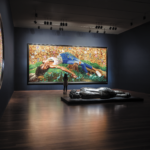
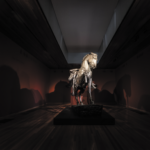
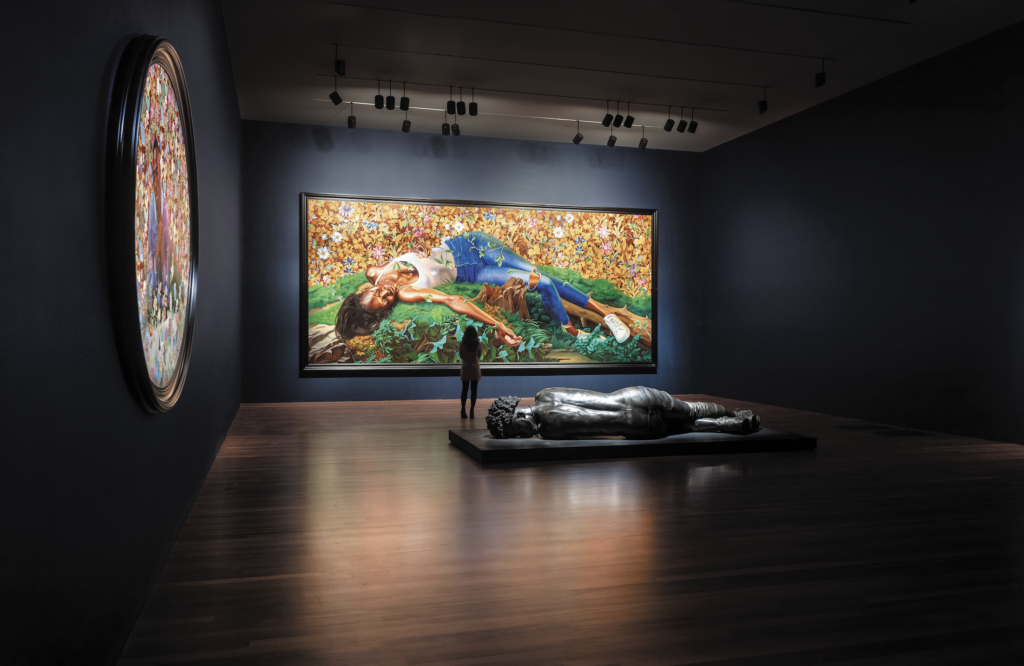 Kehinde Wiley’s new body of paintings and sculptures, currently on view at the de Young, includes the oil-on- canvas “Young Tarentine II (Ndeye Fatou Mbaye)”. Photography courtesy of the de Young Museum.
Kehinde Wiley’s new body of paintings and sculptures, currently on view at the de Young, includes the oil-on- canvas “Young Tarentine II (Ndeye Fatou Mbaye)”. Photography courtesy of the de Young Museum.